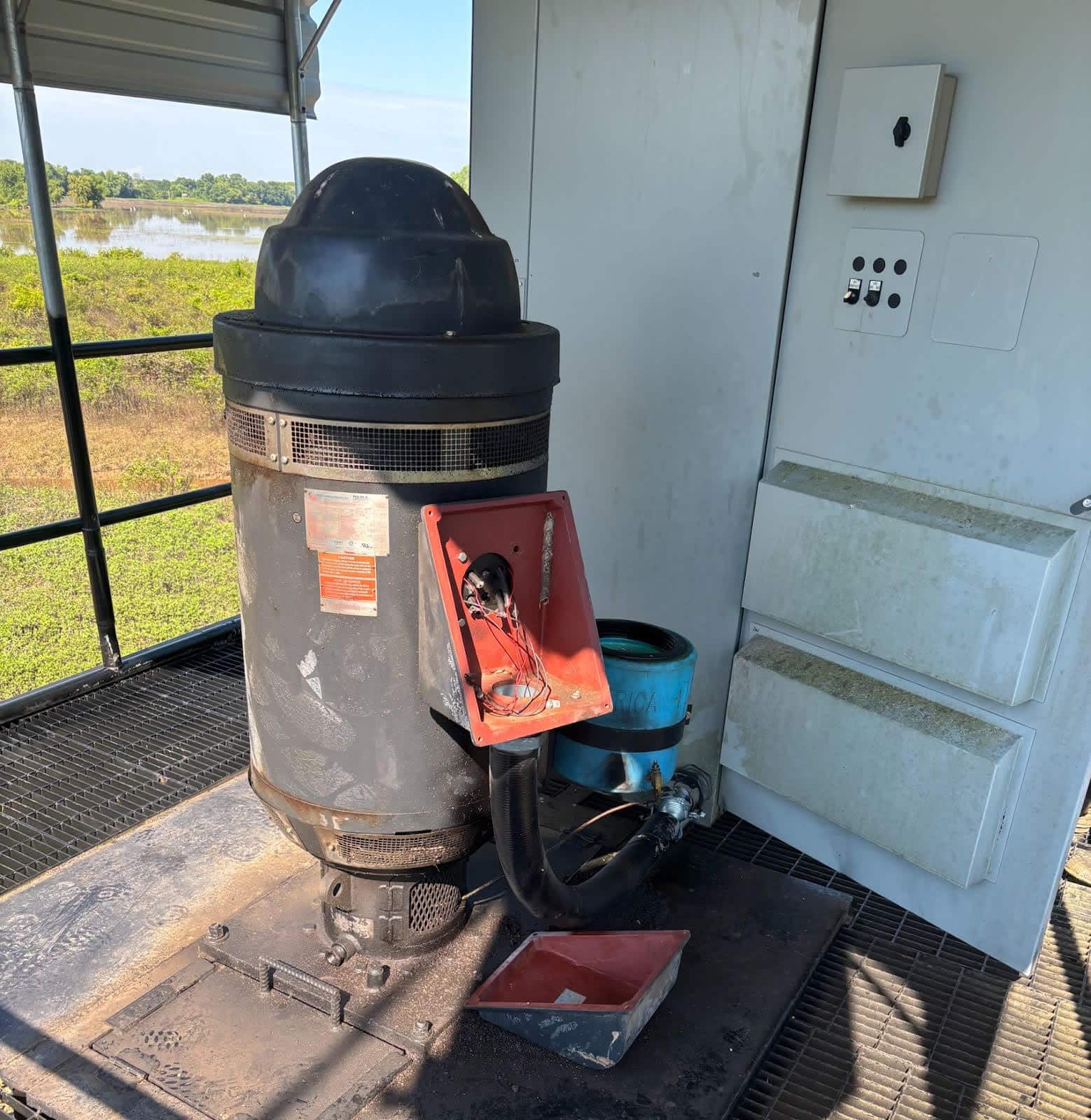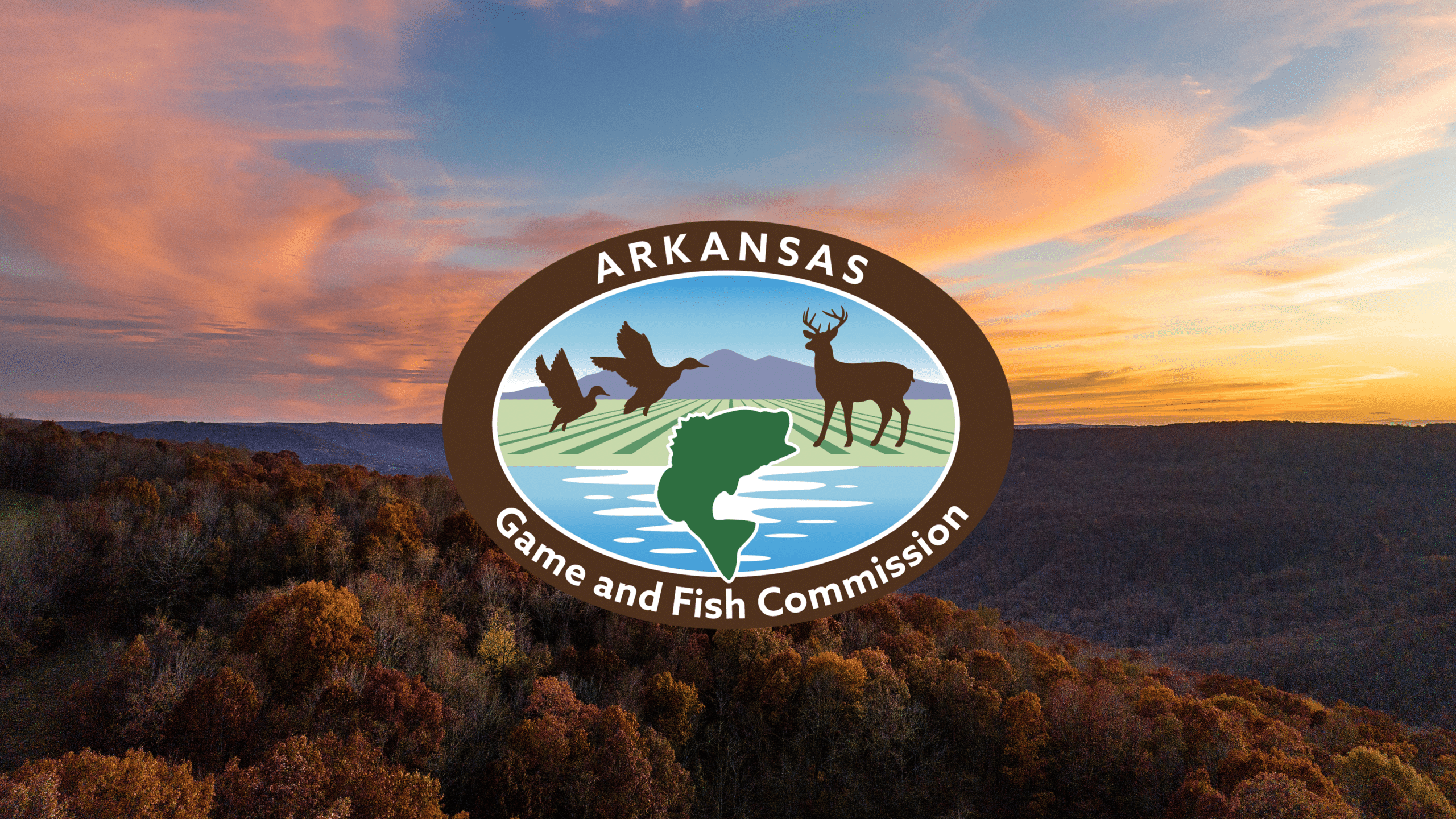Arkansas battles feral hog invasion: A timeline of eradication efforts
ON 05-14-2025
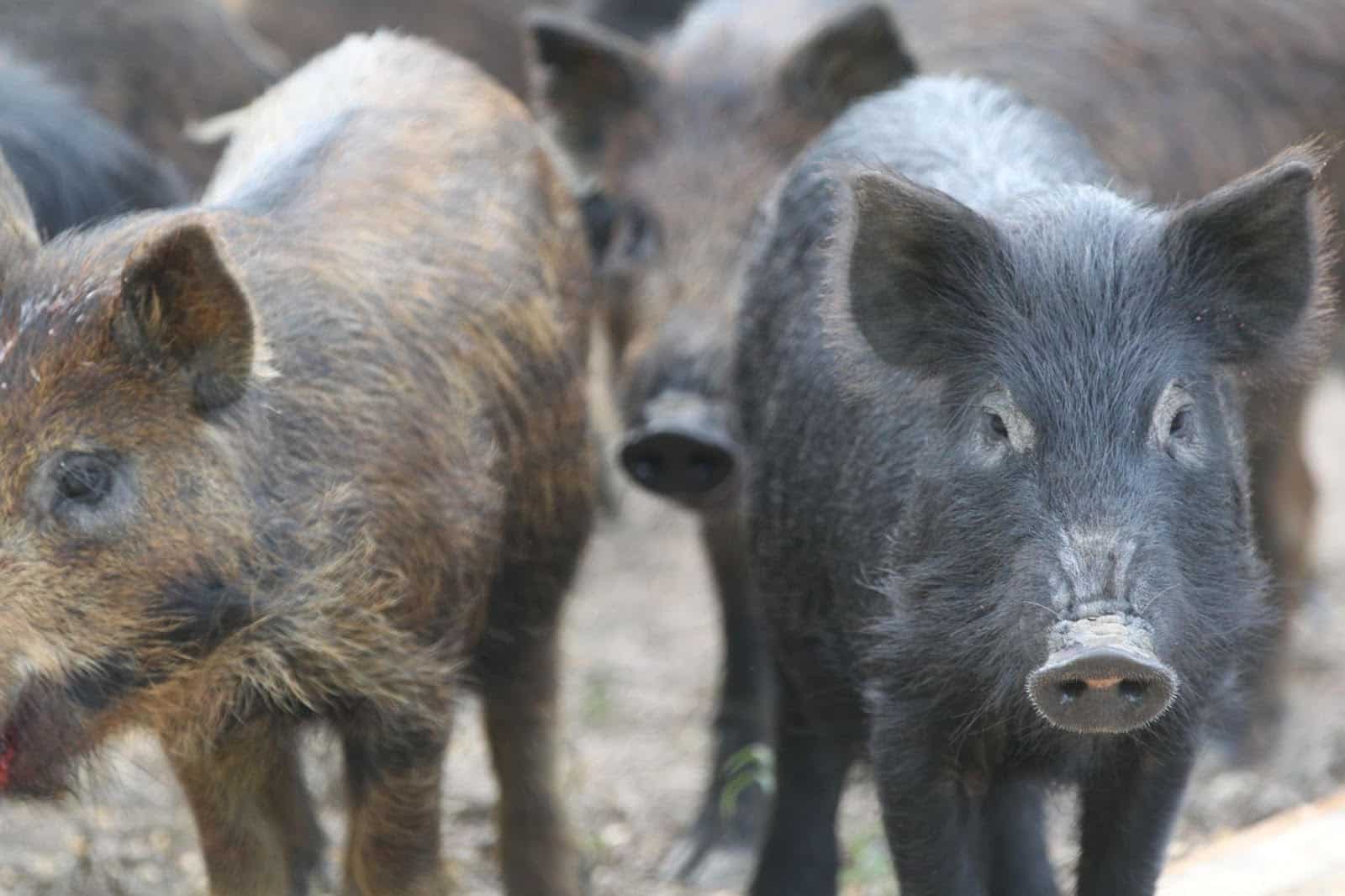
LITTLE ROCK — Feral hogs have been a growing menace in Arkansas for decades, wreaking havoc on crops, livestock and the environment. A concerted effort, over a decade in the making, is showing signs of progress.
Feral hogs, descendants of animals brought by early explorers and later supplemented by Eurasian wild boars for sport hunting, have been present in North America since the 1500s. By 1999, some people recognized the growing problem, but scattered populations, complex issues and a lack of coordinated effort stalled significant action.
These invasive pests, estimated at over 6 million nationwide, cause $30 million to $41 million in damages annually in Arkansas alone. They are not just agricultural nuisances, but vectors for human and animal disease and destroyers of native habitats.
The Arkansas State Legislature established the Feral Hog Eradication Task Force in 2017. This unfunded task force, which consisted of 20 federal, state and nongovernment agencies, was charged with developing an eradication plan. The initial year was spent gathering information, studying successful strategies from other states and crafting a plan. Early efforts by individual agencies were fragmented. Workshops on “do-it-yourself”; trapping, boots-on-the-ground; removal services and trap-loan programs were scattered across the state, often in areas with the most severe infestations or local interest. These efforts, while helpful, lacked a unified, statewide approach.
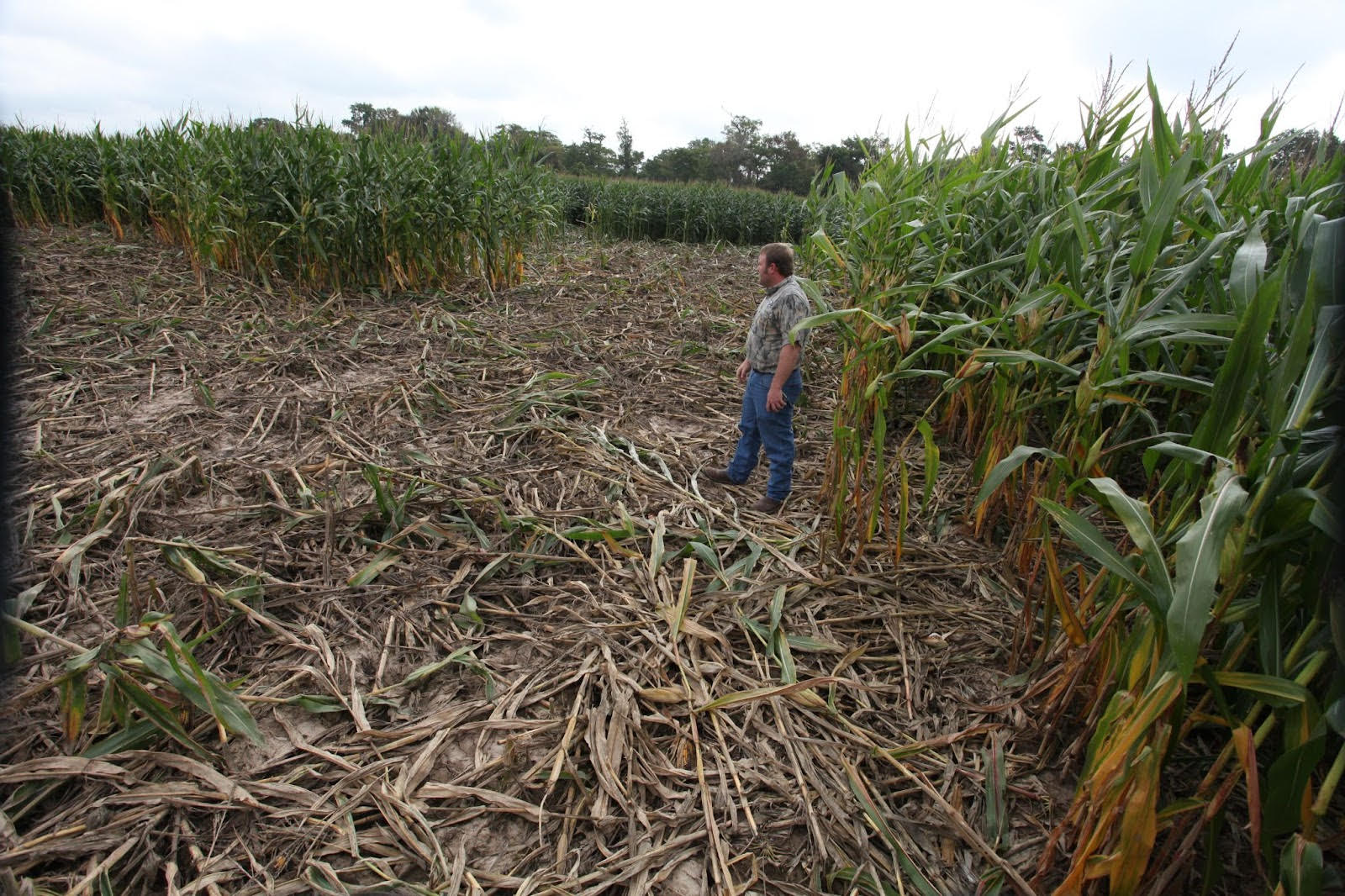
The task force identified a critical gap: dedicated personnel for removal efforts. Successful trapping requires specialized knowledge and technology, which can be a barrier for small landowners who can’t justify the expense. The USDA Feral Swine Control Project, created in the 2018 Farm Bill, offered funds to combat this deficiency.
The task force leveraged these funds to hire full-time trappers through county conservation districts and the USDA APHIS Wildlife Services.
In 2019 the USDA Farm Bill awarded $3.4 million to fund pilot projects. The Arkansas Department of Agriculture, in partnership with USDA APHIS Wildlife Services and conservation districts, took the lead in training feral hog technicians. These technicians learned to use advanced trapping technologies and equipment, working alongside APHIS personnel. Thanks to local knowledge and landowner connections, this collaboration opened doors to previously inaccessible areas.
By 2024, the efforts were showing results. The Feral Swine Control Project, operating in 12 counties across four project areas (North Central Ozarks, West Arkansas River Valley, Southeast and Southwest), assisted on 483 properties covering about 500,000 acres. More than 13,000 feral hogs had been removed, with nearly 4,500 removed using conservation district resources. Landowners reported more than $2.5 million in damages caused by feral hogs on these properties. Future damages can be avoided with increased efforts by the agencies involved, and, more importantly, by landowners willing to address this growing issue.
One landowner who has benefited from this project is James Mitchell. James lives in Yell County and has noticed a drastic reduction in the number of feral hogs around his property. James attributes the reduction of feral hogs to the implementation of whole sounder trapping strategies on his property and, just as importantly, on his neighbor’s property.
One major accomplishment of the task force was designating USDA APHIS Wildlife Services as the initial point of contact for the statewide removal of feral hogs on private property. Today, landowners can call (501) 835-2318 for assistance. Beyond the pilot projects, USDA APHIS Wildlife Services significantly increased its presence in Arkansas, growing from seven field personnel in 2018 to more than 22 technicians and biologists in 2024. Special projects like those in the Buffalo River Watershed and the Northeast Arkansas Elimination Project have further targeted feral hog populations.
Aerial operations conducted by USDA APHIS and permitted operators have also played a role. While flights are limited to certain times of the year, they have reduced hog numbers in some areas, especially when combined with trapping programs.
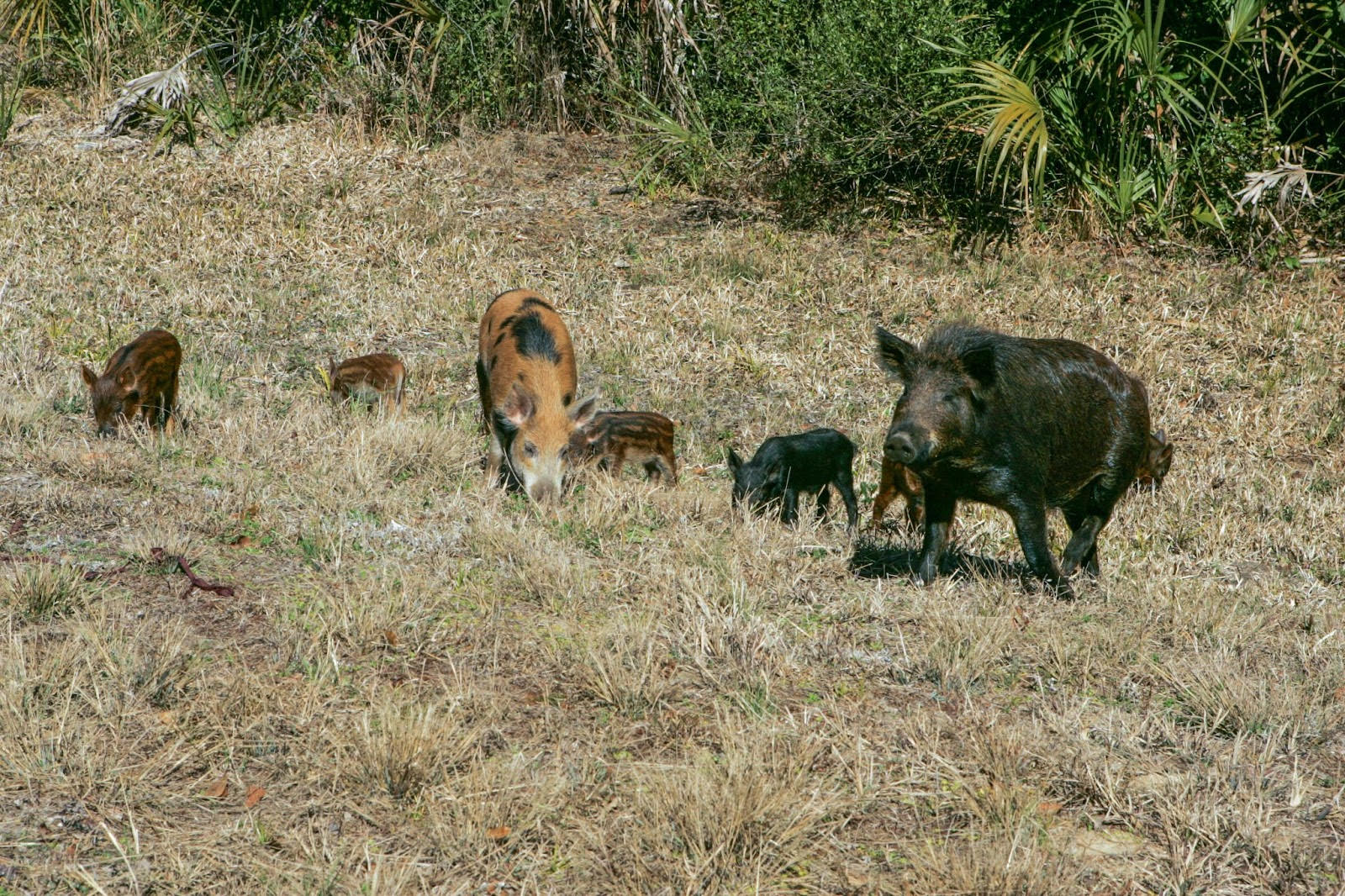
Participation in the Arkansas Game and Fish Commission’s Conservation Incentive Program (CIP), funded by the Arkansas General Assembly in 2023, is a more recent accomplishment of the task force. One of the most popular practices in the 2024 CIP pilot year was a cost share with private landowners for feral hog traps. The agency dedicated $1.2 million to this practice, accounting for about 37 percent of the total CIP funds. The feral hog trapping practice was set up on a first-come, first-served basis for applicants, and Arkansans were incredibly interested in it, with more than 400 applications. By the end of the program, 224 applicants had been awarded funding, resulting in hundreds of landowners purchasing approved trap systems.
Before receiving funding, applicants were required to demonstrate they had recently experienced feral hog damage on their property and undergo online training on trapping best practices. Once applicants purchased their selected trap system, they had to submit their first trap event on a mobile application to receive their full reimbursement. Through the efforts of Arkansas landowners, the practice reported the removal of 6,693 feral hogs, impacting 52 counties and helping protect more than 900,000 acres across the state. These numbers are a baseline, as the traps are still in the landowners’ hands and are being used. The task force expects the actual removal numbers through the program’s efforts to be much higher.
The approach of full-time trappers working across the state and providing landowners with the right tools, such as reliable trap systems, provides a framework for eradicating feral hogs from large areas of the state. Landowners in heavily trapped areas have reported reduced feral swine and associated damages. The task force will continue to explore other management strategies and additional tools, such as toxic baits and research into a boar sterilant at the University of Arkansas-Fayetteville.
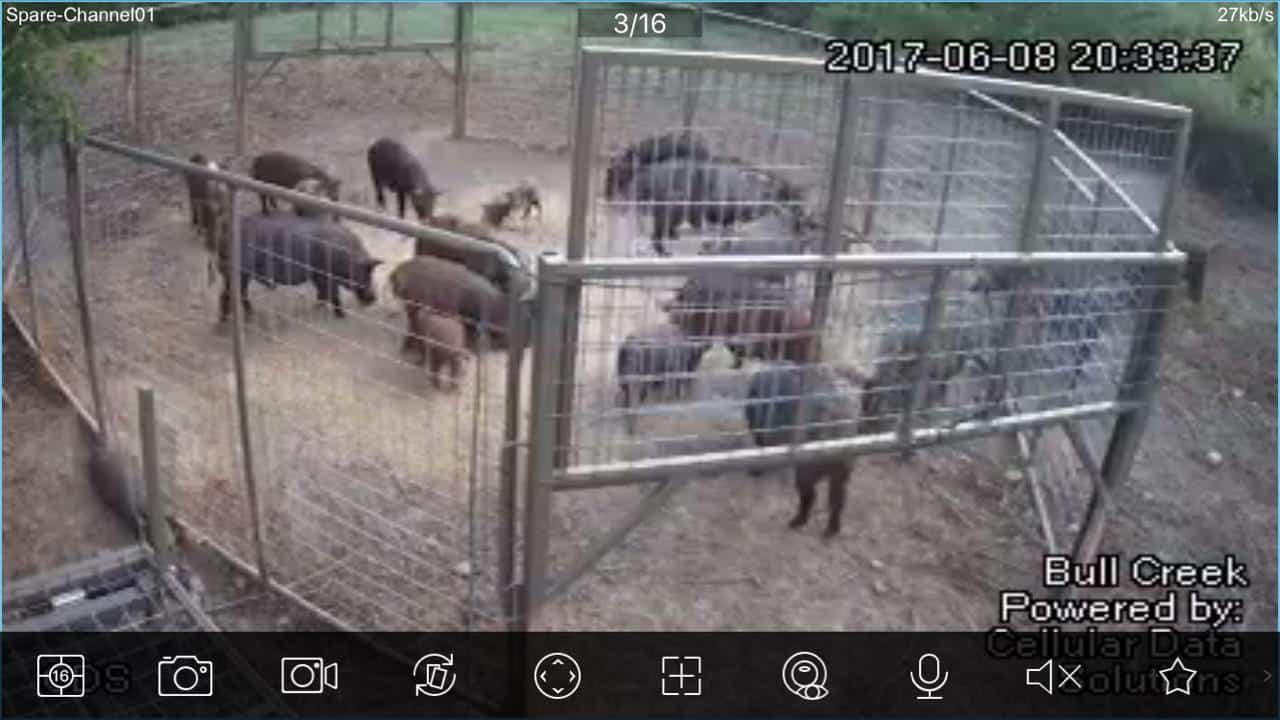
As efforts continue, the Arkansas Feral Hog Eradication Task Force remains committed to its mission. With a united front and a growing toolbox, Arkansas is making strides in the fight against this destructive invasive species.
To track feral hog removal efforts, the Arkansas Department of Agriculture maintains a feral hog dashboard. Users of the dashboard can see the number of hogs removed by county and by year. The dashboard, a list of task force partners, and additional information can be found on the task force page on the Arkansas Department of Agriculture website (https://agriculture.arkansas.
####
CUTLINES:
TWO PIGS
Feral hogs are descendants of non-native livestock brought to North America during colonization and illegal releases for sport hunting. AGFC photo by Mike Wintroath.
RUINED CORN
Feral hogs cause $30 million to $41 million in damages to crops, livestock and land annually in Arkansas. AGFC photo by Mike Wintroath.
PIGS IN OPEN
The Arkansas State Legislature established the Feral Hog Eradication Task Force in 2017 with representatives from 20 federal, state and nongovernment agencies to develop an eradication plan.
PIGS IN TRAP
Recent advances in technology and funding to assist landowners have resulted in many feral hogs trapped and eradicated from private and public land in The Natural State. AGFC photo.
Recent News
Subscribe to Our Weekly Newsletter E-mails
Don’t miss another issue. Sign up now to receive the AGFC Wildlife Weekly Newsletter in your mailbox every Wednesday afternoon (Waterfowl Reports are published weekly during waterfowl season and periodically outside the season). Fishing Reports arrive on Thursdays. Fill in the following fields and hit submit. Thanks, and welcome!

